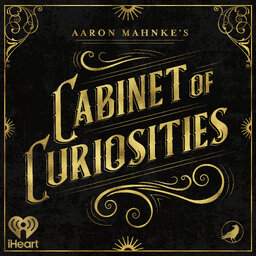Dressed Down
Sometimes the place you live is home to astounding natural features, while other times your country is responsible for something new. Let's learn about both, shall we?
Learn more about your ad-choices at https://www.iheartpodcastnetwork.com
 Aaron Mahnke's Cabinet of Curiosities
Aaron Mahnke's Cabinet of Curiosities


